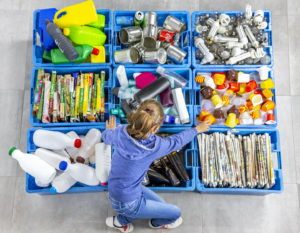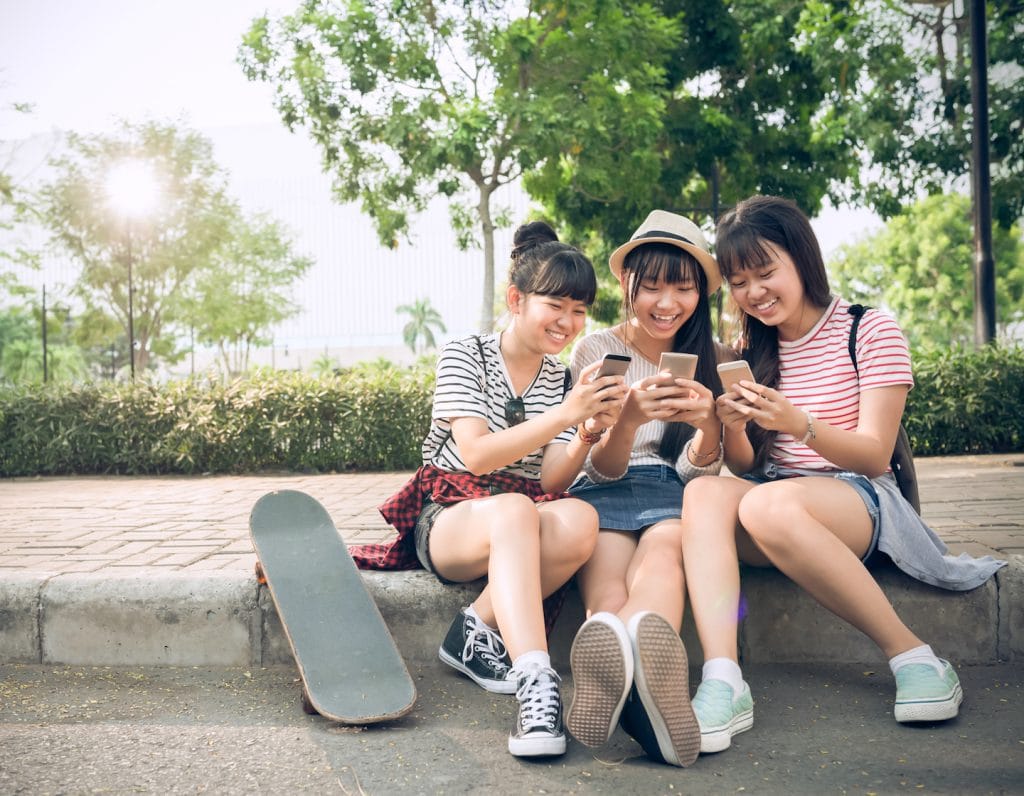
 Post Category - ParentingParenting
Post Category - ParentingParenting Post Category - WellnessWellness - Post Category - HealthHealth
Post Category - WellnessWellness - Post Category - HealthHealthEducational Psychologist Danielle Seah explains the (scary!) effect social media can have on kids…and parenting strategies to help support your children
Facebook, Instagram, Snapchat, Twitter, Youtube, Whatsapp…these are commonly known social media platforms that have gained popularity all around the world. Want to know what a friend is doing now? Just check their Facebook status. Had a sudden mind-blowing revelation? Put it on Twitter! Feeling bored? Take a few selfies using different lenses on Snapchat.
The 2018 DQ Impact Report is an annual report summarizing the state of online safety and digital citizenship of 8-12-year-olds children around the world. It is one of the first large-scale, multi-national projects investigating online behaviours, exposure to cyber-risks, and digital citizenship levels among 8-12-year-old children. They found that 8-12-year-olds in Singapore spend an average of 35 hours in front of digital screens for entertainment alone, which was 3 hours more than the global average.
In this group 48% of the children had their own personal mobile phones, and for those that did, if they were actively involved in social media, they spent an average of 45 hours per week online. This would average to about 6.5 hours per day. This number is quite alarming, given that it is about the same number of hours that they are in school. One questions what they are learning in this amount of time.
Read more: Parent Resources: Guide to Kids Internet Safety, Social Media & Screen Time
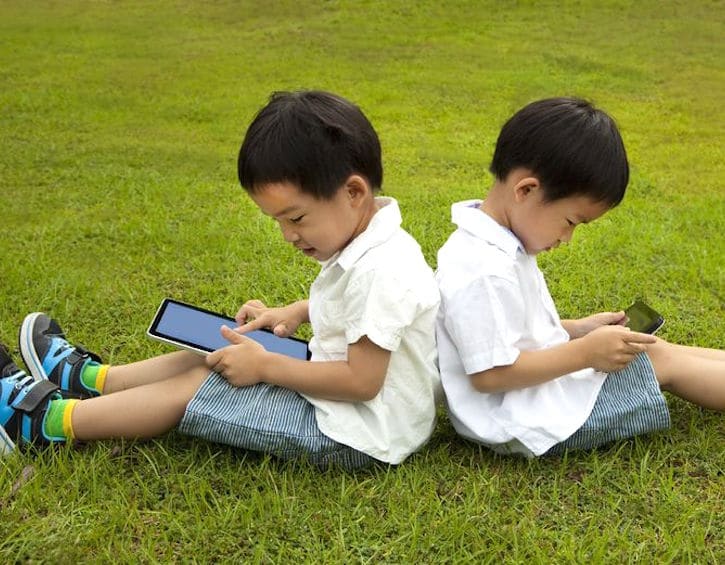
Kids and Social Media in Singapore
Despite the fact that 13 is the legal age that children can officially start using social media sites or apps, the study found that in Singapore, 85% of children are actively on social media, with 39% being highly active on these platforms: making and posting videos and photos, creating online profiles, chatting with other users, and buying and selling physical and virtual items.
While the rise of digital media has allowed for easily accessible information, and a large variety of useful resources, there is a need to be aware of the impact of how digital media can affect the developing brain. Research in this area is still ongoing, but a general theme is clear:
Prolonged and excessive use of digital media appears to lead to detrimental outcomes.
Researchers at the University of Bristol found that children who are exposed to more than 2 hours of screen time a day are more likely to suffer from psychological difficulties. This finding was similarly found by researchers from the University of Ottawa, where adolescents who used more than 2 hours of social media a day were likely to report mental health problems, including high levels of psychological distress and suicidal ideation. Additionally, other research has found that spending more time on social networks can reduce the satisfaction that children feel with most aspects of their lives; individuals who reported spending more time on social media reported higher levels of depression.
Given the potential risks behind social media use, why are youths still using social media? Researchers have found that when teens saw their own photos with a large number of likes, the nucleus accumbens, which is part of the brain’s reward circuitry, was especially active. This is the same group of regions that respond when seeing pictures of a person we love, playing video games, or when winning money.
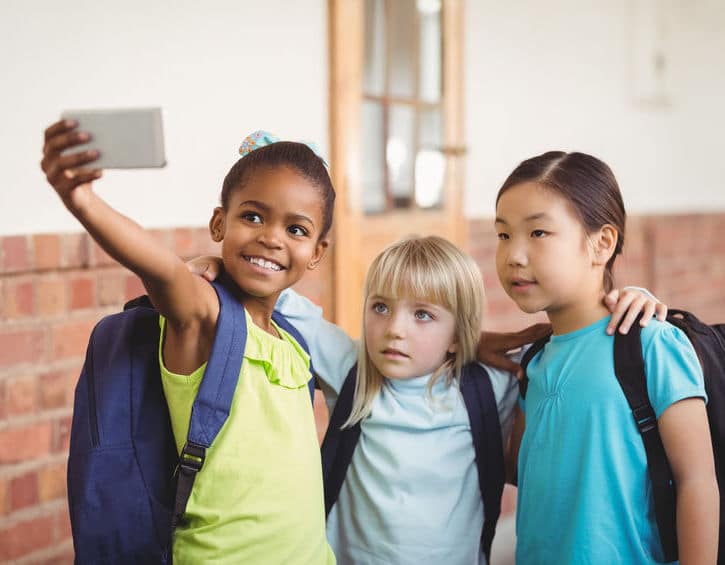
Selfies are a global phenomenon that have risen with the improvement of smartphone technology; in fact the word “selfie” was Oxford Dictionaries’ word of the year for 2013. Some common motivations behind taking selfies have been reported to be for attention seeking, communication, archiving, and entertainment purposes. Posting selfies on social media sites allows a person to curate their best possible version of themselves for the world to see, and some links have been made between selfie-taking behaviours and narcissistic traits. While there is no conclusive evidence that selfies or social media usage makes people more narcissistic, some research is showing that people who take more selfies have a higher likelihood of showing self-favouring biases.
Researchers from the University of Toronto compared people who were regular selfie-takers with those who did not take selfies often. Selfie-takers believed their selfies to look more attractive and likable than photos of them taken by other people. In reality though, external raters perceived these regular selfie-takers’ selfies to look less attractive, more narcissistic, and less likable than the photos taken by others.
Not all research regarding social media has been negative. Some researchers have also found novel ways of using social media for the greater good. Researchers from the University of Birmingham looked at what types of health-related content young people accessed from social media, and identified the types of content that impacted their health-related understandings and behaviours. They found that nearly half of young people in the sample (46%) reported changing their health-related behaviours as a direct result of accessing content from social media.
A sizeable minority of young people (43%) report that health-related content on social media positively impacted their health. They concluded that social media is a powerful educative resource that should be harnessed in schools and the home to support young people’s education about health.
Taking Selfies and photos can also have the effect of helping people be happier and reduce stress. Research from the University of California, Irvine found that photos taken with the intention of promoting happiness via smiling self-expression (selfies), those taken of things to make ones’ self happy, or those intended to make others happy were indeed able to increase positive affect.
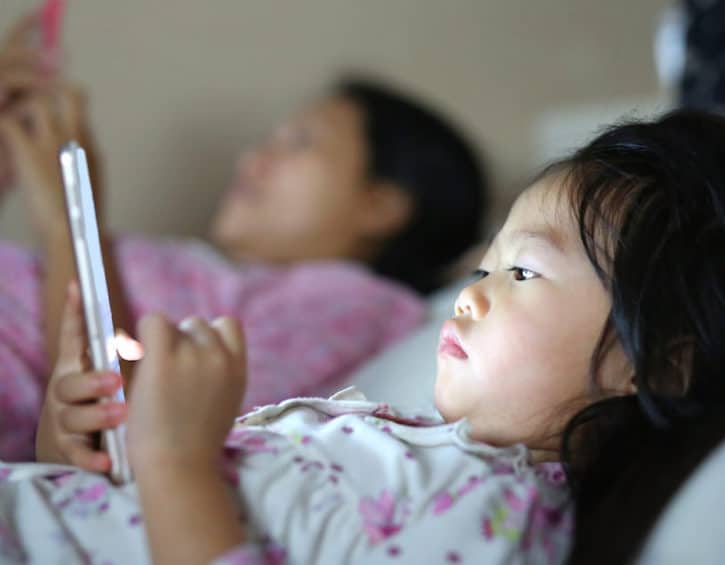
Digital media itself is not dangerous for young people; however, its impact depends on when, how much, and to which contents children are exposed to. Thus, as parents, it is important to set the boundaries and guidelines for your children as early as possible. The American Academy of Paediatrics have come up with a Family Media Plan where you can personalise and select what options and boundaries are suitable for your family.
What Parents Can Do to Encourage Safe Social Media Habits
The American Academy of Paediatrics also made some additional evidence-based recommendations for children’s and adolescents media use. For young children:
- Avoid digital media use (except video-chatting) in children younger than 18-24 months.
- For children ages 18 to 24 months of age, if you want to introduce digital media, choose high-quality programming and use media together with your child. Avoid solo media use in this age group.
- For children 2 to 5 years of age, limit screen use to 1 hour per day of high-quality programming, co-view with your children, help children understand what they are seeing, and help them apply what they learn to the world around them.
- Avoid fast-paced programs (young children do not understand them as well), apps with lots of distracting content, and any violent content.
- Turn off televisions and other devices when not in use.
- Avoid using media as the only way to calm your child. Although there are intermittent times (eg, medical procedures, airplane flights) when media is useful as a soothing strategy, there is concern that using media as strategy to calm could lead to problems with limit setting or the inability of children to develop their own emotion regulation. Ask your pediatrician for help if needed.
- Monitor children’s media content and what apps are used or downloaded. Test apps before the child uses them, play together, and ask the child what he or she thinks about the app.
- Keep bedrooms, mealtimes, and parent–child playtimes screen free for children and parents. Parents can set a “do not disturb” option on their phones during these times.
- No screens 1 hour before bedtime, and remove devices from bedrooms before bed.
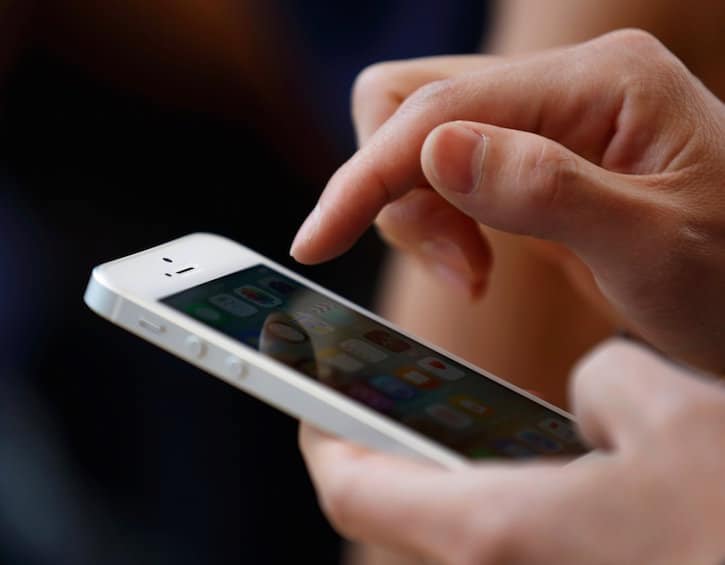
For older school age children, some recommendations are:
- Address what type of and how much media are used and what media behaviors are appropriate for each child or teenager, and for parents. Place consistent limits on hours per day of media use as well as types of media used.
- Encourage children and adolescents to get the recommended amount of daily physical activity (1 hour) and adequate sleep (8–12 hours, depending on age).
- Recommend that children not sleep with devices in their bedrooms, including TVs, computers, and smartphones. Avoid exposure to devices or screens for 1 hour before bedtime.
- Discourage entertainment media while doing homework.
- Designate media-free times together (eg, family dinner) and media-free locations (eg, bedrooms) in homes. Promote activities that are likely to facilitate development and health, including positive parenting activities, such as reading, teaching, talking, and playing together.
- Communicate guidelines to other caregivers, such as babysitters or grandparents, so that media rules are followed consistently.
- Engage in selecting and co-viewing media with your child, through which your child can use media to learn and be creative, and share these experiences with your family and your community.
- Have ongoing communication with children about online citizenship and safety, including treating others with respect online and offline, avoiding cyberbullying and sexting, being wary of online solicitation, and avoiding communications that can compromise personal privacy and safety.
- Actively develop a network of trusted adults (eg, aunts, uncles, coaches, etc) who can engage with children through social media and to whom children can turn when they encounter challenges.
Lastly, if we want to remove the influence of media overuse, we need to make sure that we give our children alternative activities that are engaging and interesting. It is important to expose children to a wide range of activities for them to experience and have a memorable childhood. Not just one that involves staring at screens all day.






 View All
View All




 View All
View All









 View All
View All



